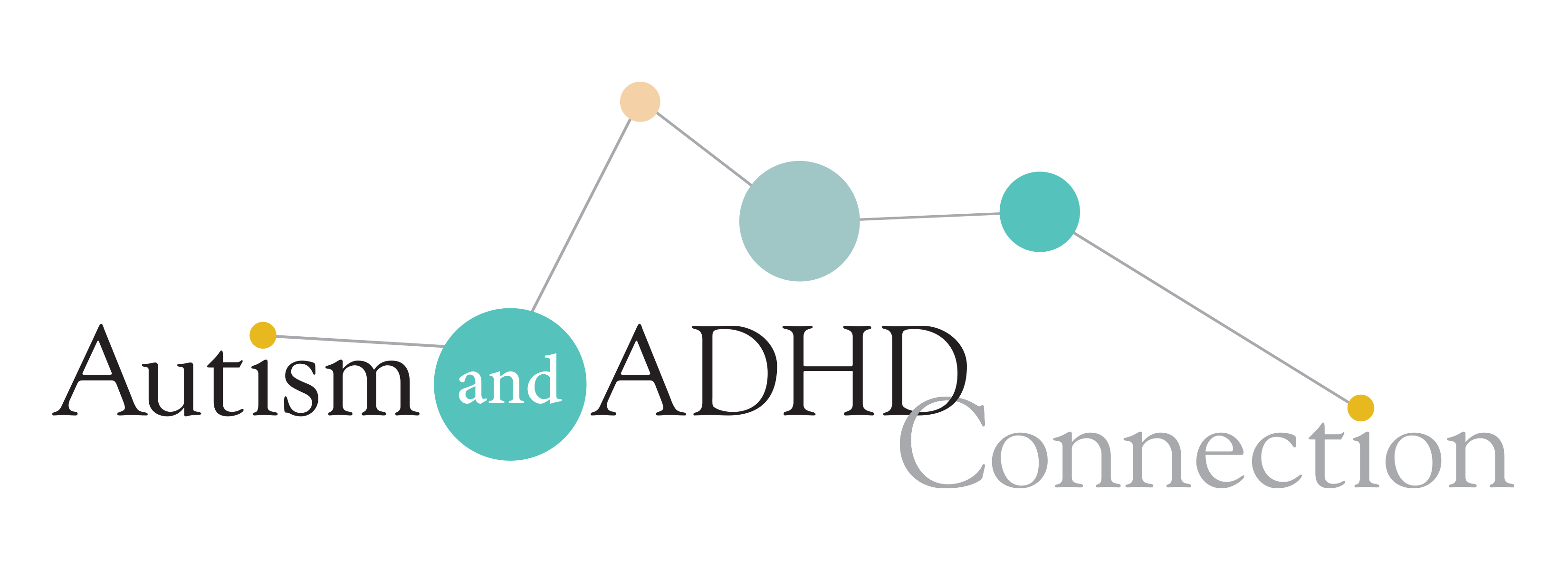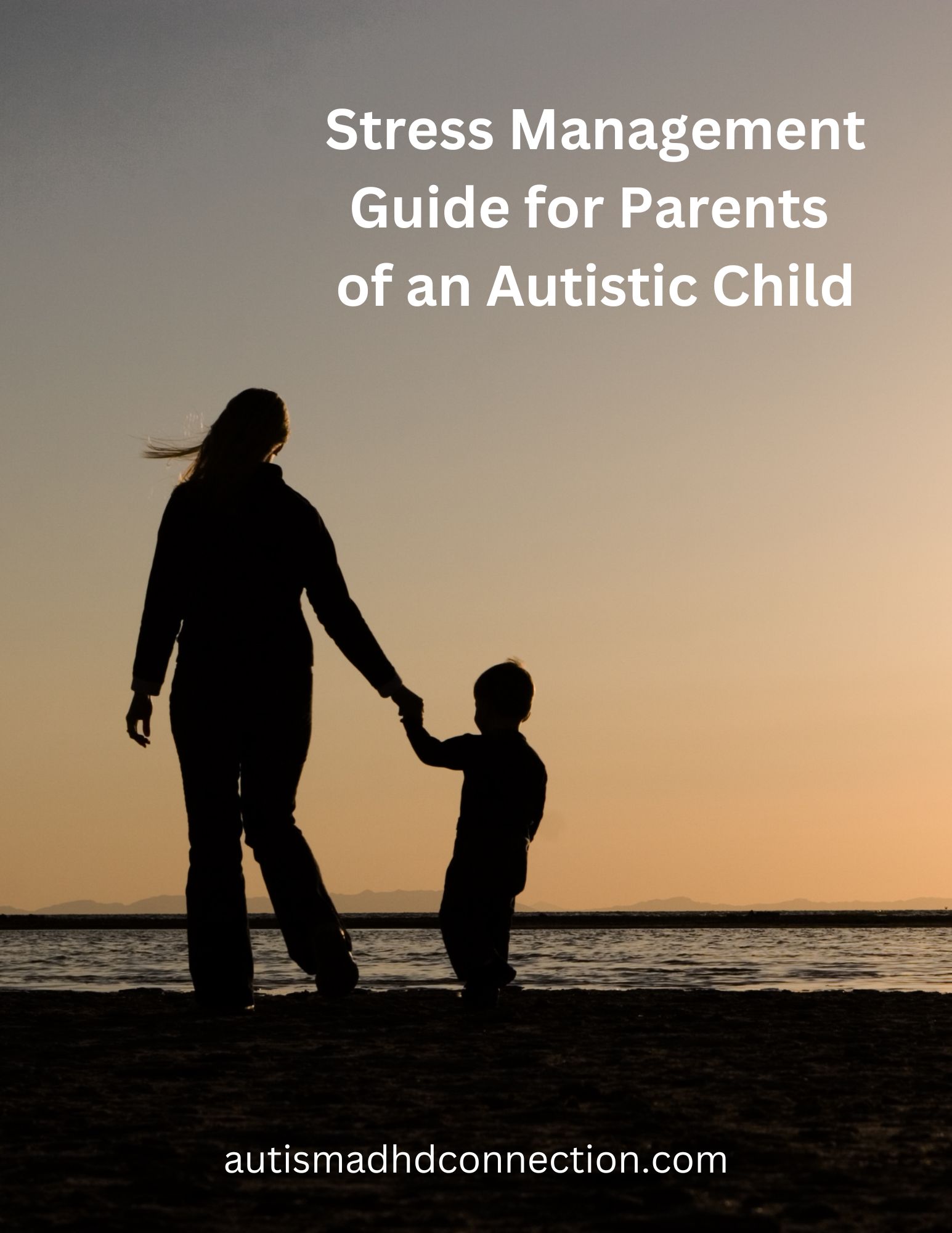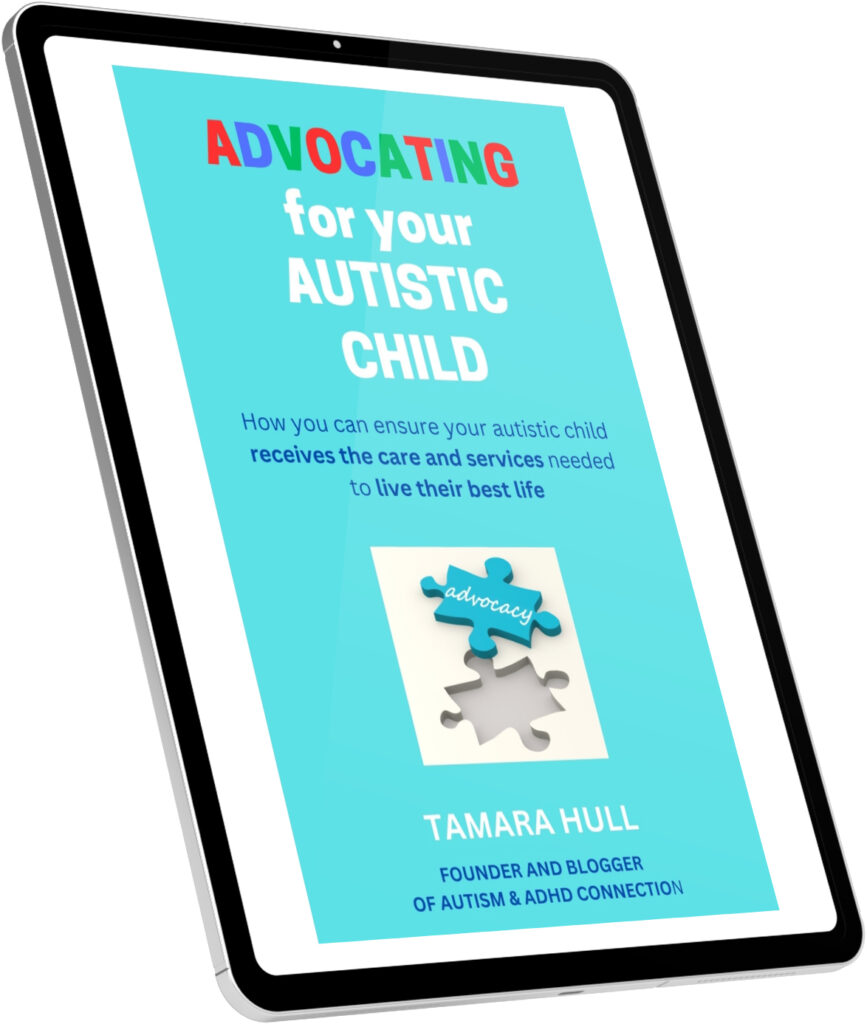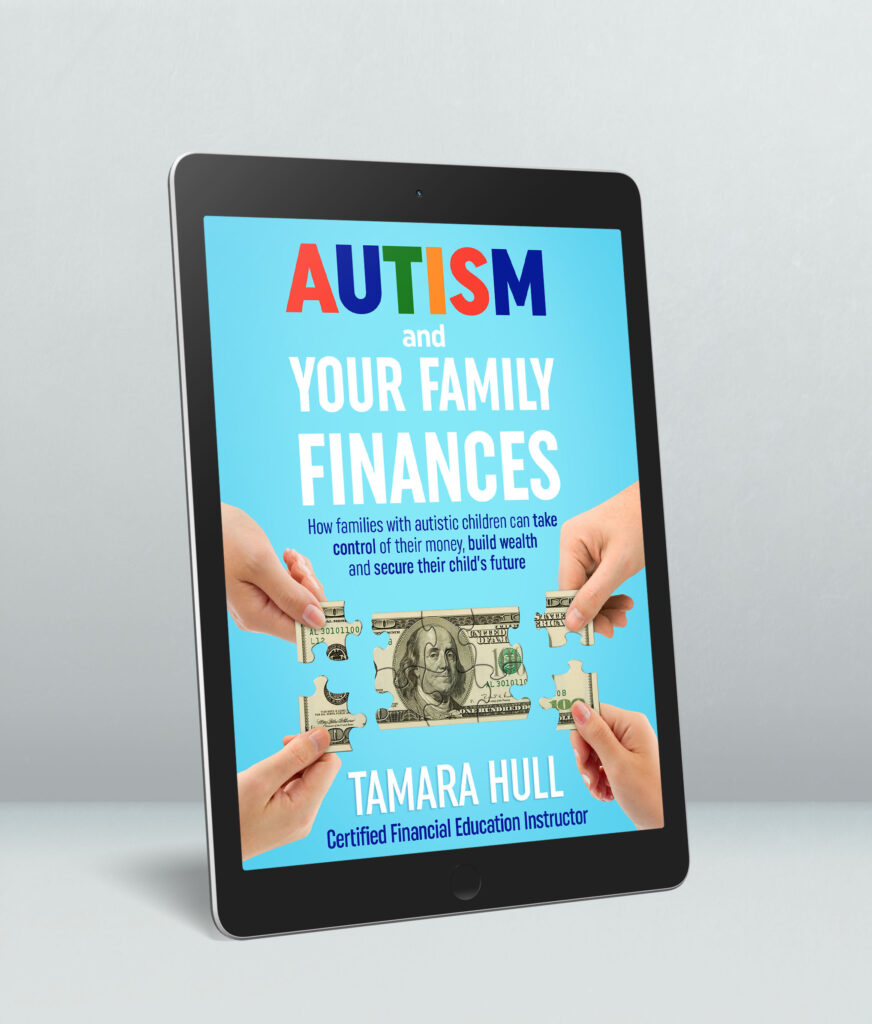Distractions. Emotional outbursts. Sensory meltdowns. Disorganized and messy rooms. When these occur frequently, it is a sign that our child is not self-regulating. Children with autism and ADHD have a difficult time with regulating their emotions, attention, senses and more. So how can we as parents teach an autistic and ADHD child self-regulation?
What is self-regulation?
The Merriam-Webster Medical Dictionary defines self-regulation as “the act or condition or an instance of regulating oneself or itself” or “the bringing of oneself or itself into a state of order, method, or uniformity.”
Self-regulation is an executive function skill. What is executive function? The Merriam-Webster Dictionary defines it as “the group of complex mental processes and cognitive abilities (such as working memory, impulse inhibition, and reasoning) that control the skills (such as organizing tasks, remembering details, managing time, and solving problems) required for goal-directed behavior.”
In other words, these are necessary skills for being successful in school, work and “adulting” in the future. If our kids are struggling with these skills, it’s so important that we as parents, caregivers and teachers work with them to improve their executive function capabilities.
Self-regulation falls into three categories:
- Sensory regulation – This entails a person being able to sustain a sense of arousal to respond to sensory input or be able to control their reactions when they receive too much sensory stimulation.
- Emotional regulation – This is the ability to control our emotions to appropriately react to social cues and rules.
- Cognitive regulation – This enables a person to use the appropriate mental processes to solve a problem, complete a task, learn and pay attention.
Self-regulation is definitely an area that our son J has struggled with over the years. Thankfully, as he has matured into a teenager, he is improving. We still have days when his emotions get our of hand, and distractions (especially when doing schoolwork or homework) are an ongoing struggle. I still continually need to work with him on learning how to self-regulate, but I know it’s one of the most important things I can teach him.

Why is self-regulation so important?
It is incredibly important that we teach our autistic and ADHD children self-regulation so that they can be better accepted by their peers and be able to one day have the social skills to hold a job and fit into their community.
What happens if someone isn’t able to self-regulate? They tend to react to situations with inappropriate emotions, experience more negative emotions for longer times, have a short temper, and suffer from mood swings. They also will have a hard time completing tasks, problem solving and paying attention. These could lead to negative consequences in their lives.
How can you teach self-regulation to your autistic and ADHD child?
Are there ways you can teach self-regulation to your autistic and ADHD child? Luckily, there are many. Here are 14 that you can try with your child.
1. Use an emotions chart
If your child has been working with a therapist (cognitive, speech, ABA or others), they probably have been exposed to an emotions chart (affiliate link). It is a helpful tool to help them identify their and other people’s emotions.

2. Discuss appropriate emotions for different situations
Children who do not self-regulate will have inappropriate emotions for situations. It is important that you discuss what is the appropriate range of emotions for different situations or scenarios. For example, what is acceptable if they are playing ball with a sibling or friend, and the child will not throw the ball to them? It’s okay to be frustrated, a little mad, disappointed or even sad. It would be inappropriate to go into a rage, screaming and yelling at the other child.
3. Help your child assign emotional levels for scenarios
Along the lines of appropriate emotions for situations, it is also helpful to talk to your child about the level of emotions for different scenarios. A certain emotion may be appropriate for a situation, but at only a certain level.
4. Assist your child with identifying their sensory triggers
Most children with autism and ADHD struggle with sensory issues. Help them understand their sensory triggers so that they can deal with them before the issue becomes too much for them.
5. Teach your child coping strategies for emotional and sensory triggers
If your child is dealing with a strong emotion or being triggered by sensory input, teach them coping strategies. Those could include deep breathing; walking away; putting on sunglasses if bright lights are bothering them; talking to a parent or teacher; asking for help; or learning to compromise.
6. Increase your child’s self-awareness
Self-awareness is a big step toward self-regulation. We need to be aware of our emotions and triggers for them before we can learn to take control. Talk to your child about what is going on their life and ask about how the feel and think about situations.
7. Help your child improve their communications skills
One of the best things you can do is help your child improve their communications skills. Many times, strong emotions happen because the child doesn’t know how to express themselves with words or other forms of communications. Helping them communicate better will assist them with self-regulation.
8. Use social stories
Using social stories can be a wonderful way of teaching your child about emotions, how to problem solve and more. A couple of great resources to help include:
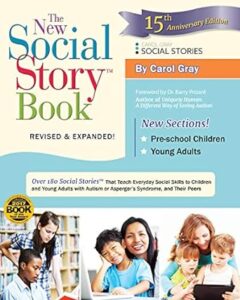
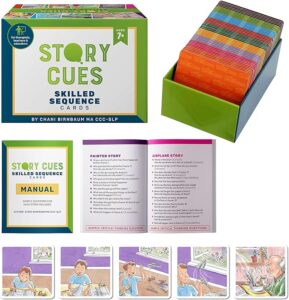
9. Show empathy
Showing empathy for your child and how they feel is really important. Let them know that everyone feels angry, upset and sad at times. Once they are calmed down, you can talk about the situation and discuss the appropriate emotion and level so they can learn from the experience.
10. Model appropriate behaviors yourself
We know that children often imitate the adults around them. Therefore, if we expect our kids to learn self-regulation, we need to show them by modeling it ourselves. Then, when we mess up, we need to be willing to admit it and talk to our children about it so they can learn with us.
11. Teach calming techniques
When our children have high emotions and sensory overwhelm, it’s important they learn how to calm themselves down. Teaching our children calming techniques such as counting to 10, breathing deeply or walking away is essential for them to learn self-regulate.
12. Provide a safe place for cooling down
It’s important to have a safe place – both at home and at school – for your child to go and cool down when they are overly emotional or overwhelmed. This can help them get control of themselves and be able to rejoin activities. My son J would go to the special education director’s office at school to cool down. Many times, she would read him a story to help him get control of his emotions.
13. Role play and practice
To help teach your child appropriate emotions and reactions, role play different situations with them. This allows them to practice different scenarios before they encounter them.
14. Try to keep your child’s schedule as consistent as possible
Routines are incredibly important to people with autism and/or ADHD. To help your child better self-regulate, try to keep their schedule as consistent as you can – especially meal and bedtimes.
Do you have any helpful tips to teach self-regulation to an autistic and ADHD child? If so, share them in the comments below so that we can support one another on this journey!
